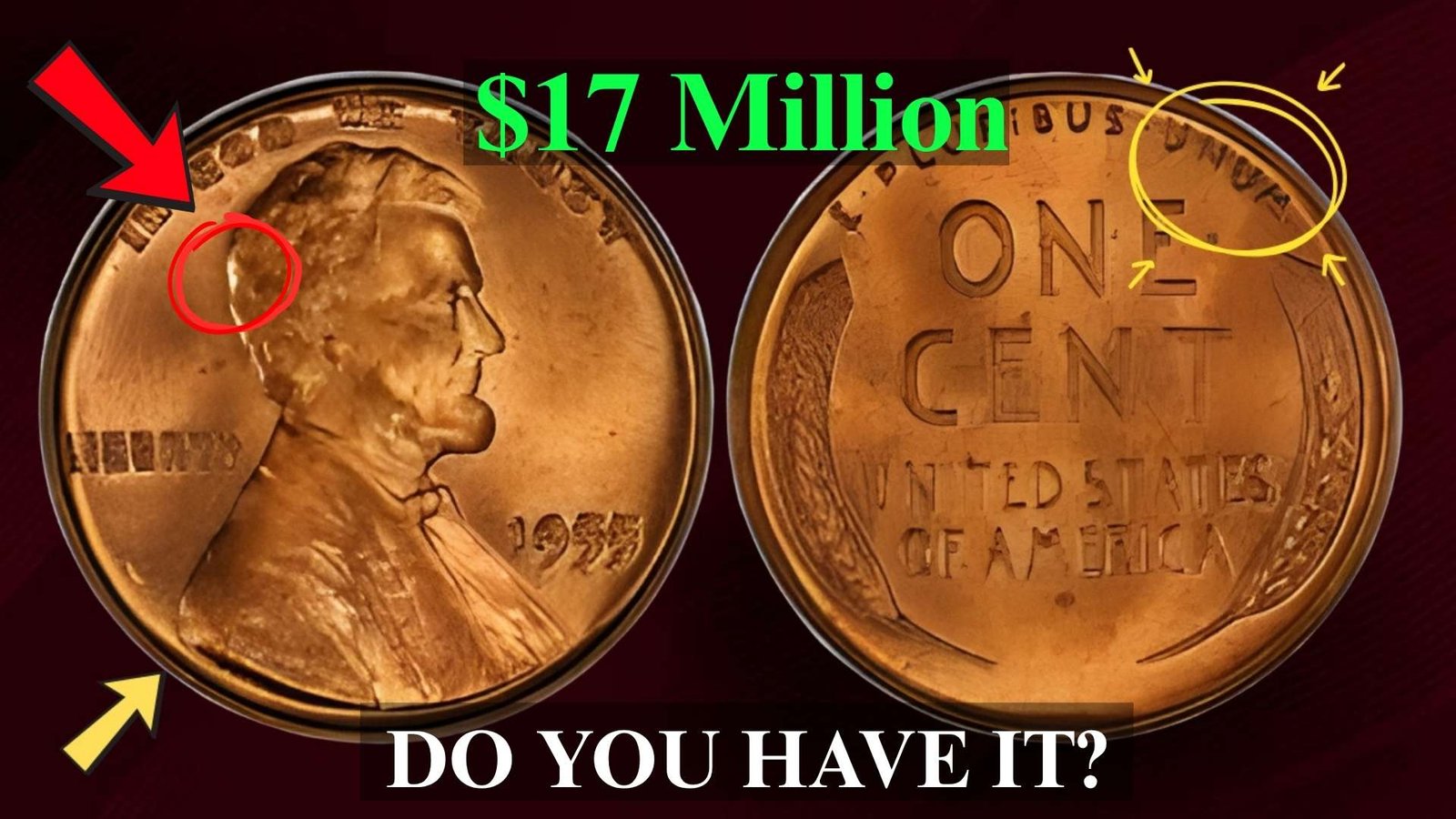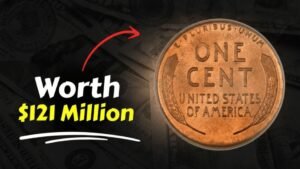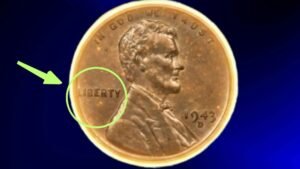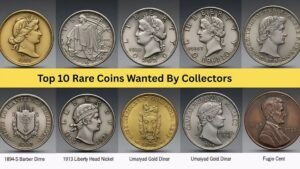There’s something almost magical about discovering a Wheat Penny in your change jar. For most people, it’s a tiny piece of copper nostalgia. But for collectors, it could be a hidden treasure worth hundreds or even thousands. Over the past decade, the value of Wheat Pennies has taken fascinating turns—some skyrocketing, others holding steady. Let’s dive into this dream guide to uncover how these humble coins became stars in the world of numismatics.
What Are Wheat Pennies?
Wheat Pennies, also known as Lincoln Wheat Cents, were minted from 1909 to 1958. They feature Abraham Lincoln on the front and two wheat stalks on the reverse, symbolizing prosperity. While billions were minted, certain years, mint marks, and rare errors have made some examples worth a small fortune today.
A Brief History Behind the Wheat Penny
The Wheat Penny was introduced in 1909, marking the 100th anniversary of Abraham Lincoln’s birth. Designed by Victor D. Brenner, it was the first U.S. coin to feature a real person. Early versions with “VDB” initials on the reverse sparked controversy, making them both rare and collectible today. Over the years, changing metal compositions, mint marks, and historical moments turned these pennies into icons of American coinage.
How Wheat Penny Values Have Changed Over 10 Years
Over the last decade, Wheat Penny values have consistently appreciated, especially for rare dates and mint errors. While average circulated coins remain around 3–10 cents, the key dates and high-grade coins have soared in demand. Let’s compare how prices have evolved:
Wheat Penny Value Trends (2015–2025)
| Year | Common Circulated Value | Key Date Value (e.g., 1909-S VDB) | Record Auction Price |
|---|---|---|---|
| 2015 | $0.05 | $1,200 | $100,000 |
| 2018 | $0.07 | $1,600 | $115,000 |
| 2020 | $0.10 | $2,200 | $132,000 |
| 2023 | $0.12 | $2,800 | $150,000 |
| 2025 | $0.15 | $3,500+ | $168,000+ |
| These numbers prove that interest in Wheat Pennies continues to climb, particularly among younger collectors seeking affordable entry points into the coin market. |
Why Wheat Pennies Remain Valuable Today
The allure of Wheat Pennies lies in their history, rarity, and nostalgia. They were the last U.S. pennies made largely of copper before the transition to zinc in 1982. Collectors also value the artistry and the link to early 20th-century America. Beyond their aesthetics, coins like the 1909-S VDB, 1914-D, and 1943 Copper Penny are regarded as “holy grails” for hobbyists.
Top 5 Valuable Wheat Pennies (as of 2025)
| Coin Type | Mint Year | Average Value | Highest Known Sale |
|---|---|---|---|
| 1909-S VDB | 1909 | $800–$3,500 | $168,000 |
| 1914-D | 1914 | $400–$2,500 | $152,750 |
| 1922 No D | 1922 | $500–$3,000 | $100,000 |
| 1943 Copper | 1943 | $100,000+ | $1.7 million |
| 1955 Doubled Die | 1955 | $1,000–$3,000 | $25,000 |
How You Can Benefit from Collecting Wheat Pennies
Collecting Wheat Pennies is not just about profit—it’s about owning a piece of history. Start by checking your change, visiting flea markets, and searching coin rolls from banks. Focus on condition, mint marks, and rarity. If you discover something unique, get it graded by PCGS or NGC for authentication and maximum value.
Notable Records and Hidden Secrets
Few coins have caused as much buzz as the 1943 Copper Penny, accidentally struck when leftover bronze planchets were used instead of steel. Only a handful exist, each worth a small fortune. Similarly, error coins like the 1955 Doubled Die keep making headlines as collectors unearth them decades later.
Expert Tips for Wheat Penny Collectors
- Preserve your coins using acid-free holders or albums.
- Avoid cleaning coins, as it reduces value.
- Focus on high-grade examples or error varieties for future returns.
- Track market trends, as coin values fluctuate with demand and metal prices.
FAQs
Q: Are all Wheat Pennies valuable?
A: Not all. Common dates are worth only a few cents, but rare years and mint marks can be worth hundreds or more.
Q: What’s the rarest Wheat Penny?
A: The 1943 Copper Penny, with fewer than 20 known examples, holds the crown.
Q: Where can I sell Wheat Pennies?
A: Try certified coin dealers, online auctions, or reputable marketplaces like Heritage or Stack’s Bowers.
Conclusion: A Century of Value in a Penny
From humble beginnings in 1909 to auction-block fame in 2025, Wheat Pennies have proven that small coins can hold enormous value. Whether you’re a curious beginner or seasoned collector, these coins offer a tangible link to America’s past—and perhaps, a profitable surprise for the future. So, before you spend that old penny, take a closer look. It might just be your dream discovery.




